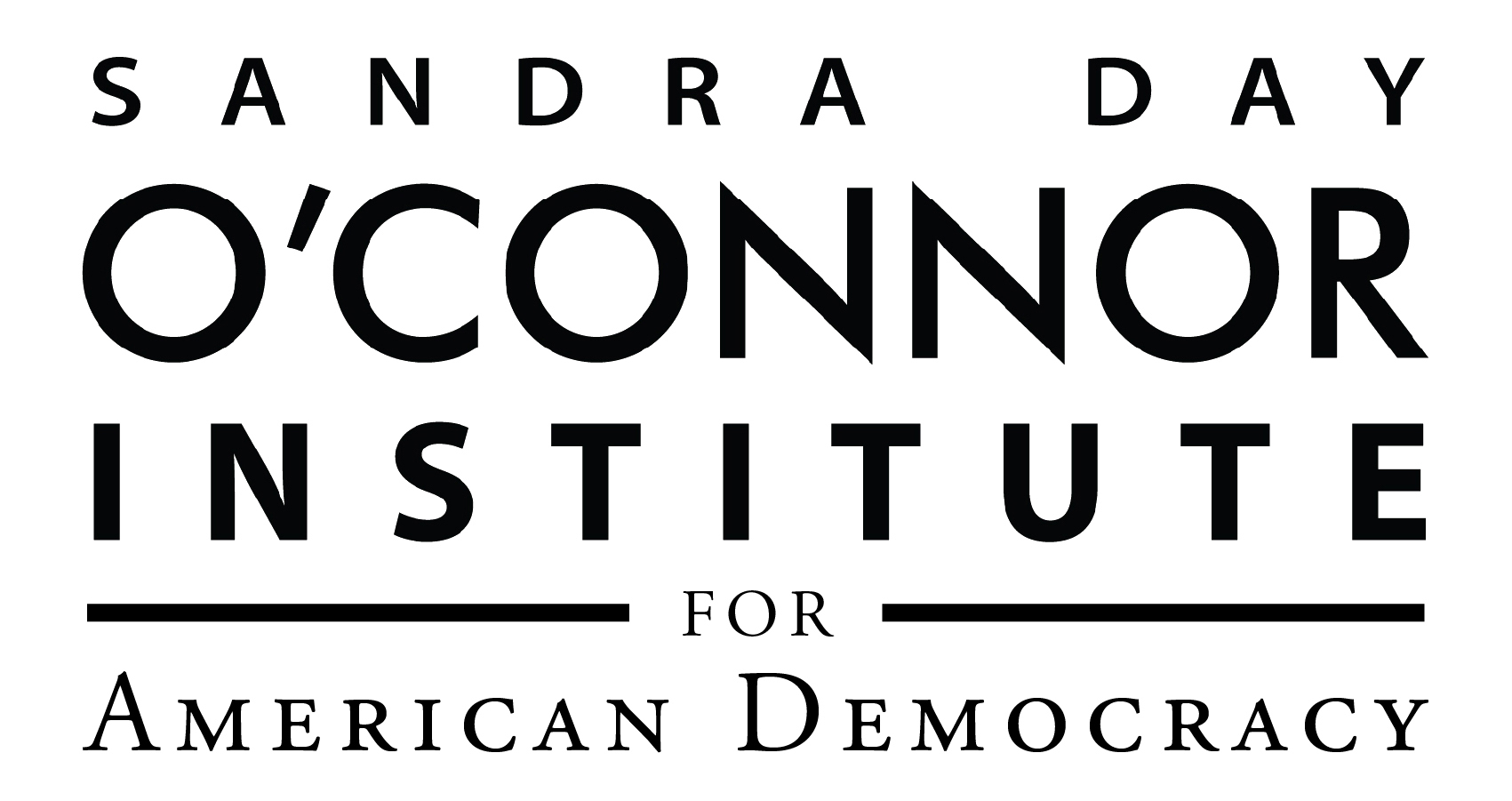Judicial Branch Overview
Article III of the US Constitution establishes the judicial branch. However, it only creates the Supreme Court and allows Congress to establish other courts that might be needed. One of the first acts of the Senate was the Federal Judiciary Act (1789), establishing the Judiciary that we know it today. This act included describing the membership of the Supreme Court as one chief justice and the number of associate justices, the federal district courts, and an attorney general for the United States.
Judges appointed to a federal judgeship for district courts or to the United States Supreme Court have lifetime appointments. These lifetime appointments are meant to insulate judges from political pressure and encourage them to issue rulings based only on their interpretation of the law.
The Supreme Court has the final say about the constitutionality of laws and actions taken by the legislative and executive branches. Its decisions are final and cannot be appealed.
The head of the judicial branch is the Chief Justice of the United States, who presides over the Supreme Court of the United States. The Supreme Court is the highest court in the land and the final appellate court in the U.S. legal system. It has the power of judicial review, which means that it can declare federal and state laws unconstitutional.
The federal court system also includes the U.S. Courts of Appeals and the U.S. District Courts. The U.S. Courts of Appeals hear appeals from the U.S. District Courts, while the U.S. District Courts are the trial courts of the federal system and have the power to hear both criminal and civil cases.
In short, the judicial branch is responsible for interpreting the law, settling legal disputes, and ensuring that the actions of the legislative and executive branches are in accordance with the Constitution. The Supreme Court is the highest court of the land, and it has the power of judicial review which allows it to declare federal and state laws unconstitutional. Additionally, the judicial branch includes lower federal courts and state courts, which are responsible for interpreting state laws and settling legal disputes within the state.
The judicial branch of the United States government has several powers, including:
- Power of Judicial Review: The judicial branch has the power of judicial review, which means that it can declare federal and state laws unconstitutional. This power allows the courts to ensure that the actions of the legislative and executive branches are in accordance with the Constitution.
- Power of Interpretation: The judicial branch has the power to interpret the Constitution, federal laws, and regulations, and to determine their meaning. This power is used to resolve disputes over the meaning of laws and to ensure that they are applied consistently and fairly.
- Power of Adjudication: The judicial branch has the power to hear and decide cases, both civil and criminal, that are brought before it. This includes the power to issue verdicts and to impose penalties, such as fines or imprisonment.
- Power of Injunctions: The judicial branch has the power to issue injunctions, which are court orders requiring a person or organization to do or refrain from doing something. This power is used to protect the rights of individuals and to prevent the government from taking actions that would be unconstitutional.
- Power of Contempt: The judicial branch has the power to hold individuals and organizations in contempt of court, which is a criminal offense. This power is used to ensure that parties comply with court orders and to maintain the authority and dignity of the court.
- Power of Appointment: Federal judges are appointed by the President, with the advice and consent of the Senate, and they serve for life, unless they retire, resign, or are impeached.
These are some of the main powers of the judicial branch, but it’s worth noting that the Constitution also establishes some limitations to the powers of the judicial branch. Lifetime appointments help remove political pressure from their decision-making. however, courts are limited to only being able to make rulings on cases brought before them they do not get to choose the issues they rule on their ability to overturn laws and declare them unconstitutional helps ensure the fairness of laws written by Congress and approved by the president.

